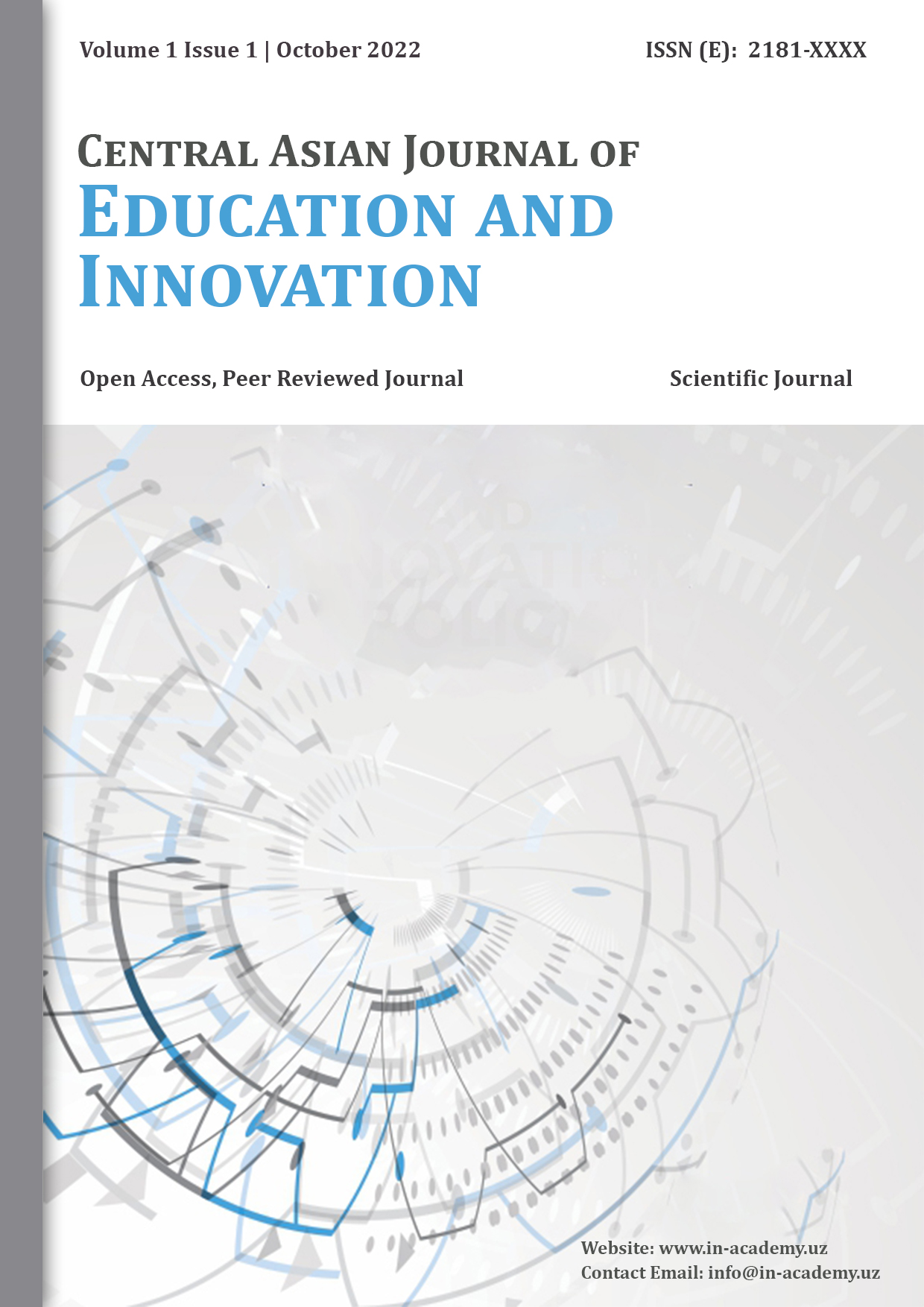ACRONYMS: UNRAVELING THE LINGUISTIC PHENOMENON FOR EFFECTIVE COMMUNICATION
Main Article Content
Abstract:
Acronyms have become an integral part of modern communication, enabling individuals to convey information concisely and efficiently. From everyday conversations to specialized domains, acronyms permeate various fields, including science, technology, medicine, and business. This scientific article explores the origin, functions, cognitive processes, and impact of acronyms on communication and cognition. By understanding the intricate dynamics of acronyms, researchers, educators, and communicators can optimize their usage to enhance comprehension and facilitate effective information transfer.
Article Details
How to Cite:
References:
Crystal, D. (2017). Making sense of grammar: A practical guide. Routledge.
Mitterer, H., & Levelt, W. J. (Eds.). (2017). The handbook of speech production. Oxford University Press.
Noyes, J. M., & Garland, E. L. (2008). Computer-mediated communication and mutual knowledge construction: Implications for research on small groups. Small Group Research, 39(6), 681-705.
Pyles, T., & Algeo, J. (2014). The origins and development of the English language. Cengage Learning.
Rintel, S., & Pittam, J. (2017). The role of context and individual differences in the interpretation of digital media acronyms. Computers in Human Behavior, 68, 441-452.
Rubin, R. B., & Rubin, A. M. (2018). Hierarchy of communication effects. In Communication research measures II: A sourcebook (pp. 35-42). Routledge.
Short, M. H., & Rodgers, S. (2014). Twenty-first century content delivery: Using visual representations to teach academic vocabulary. Journal of Adolescent & Adult Literacy, 57(2), 149-158.
Smith, L. J., Houghton, L. C., & Wiles, J. (2017). A review of cognitive processing in sport expertise. Athletic Insight-The Online Journal of Sport Psychology, 19(3), 107-124.
Taub, S. F., & Meiri, M. (2019). The impact of professional communities on novice teachers’ job satisfaction, work engagement, and retention: A longitudinal analysis. Teachers and Teaching, 25(3), 323-343.
Veres, C. (2015). Acronyms in language variation and change: A corpus-based study of the emergence of new acronyms in an online community. Journal of Pragmatics, 85, 9-22.

